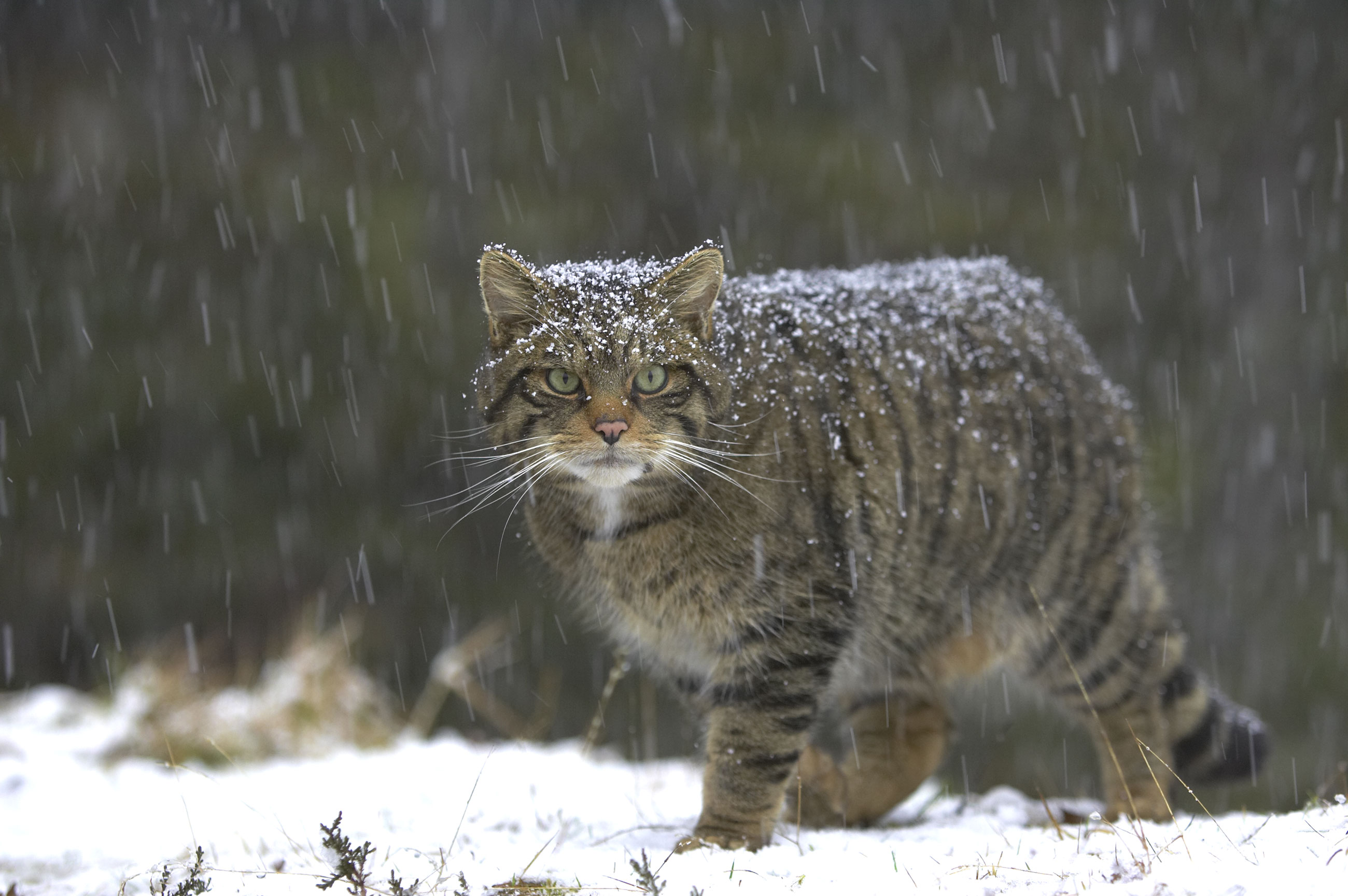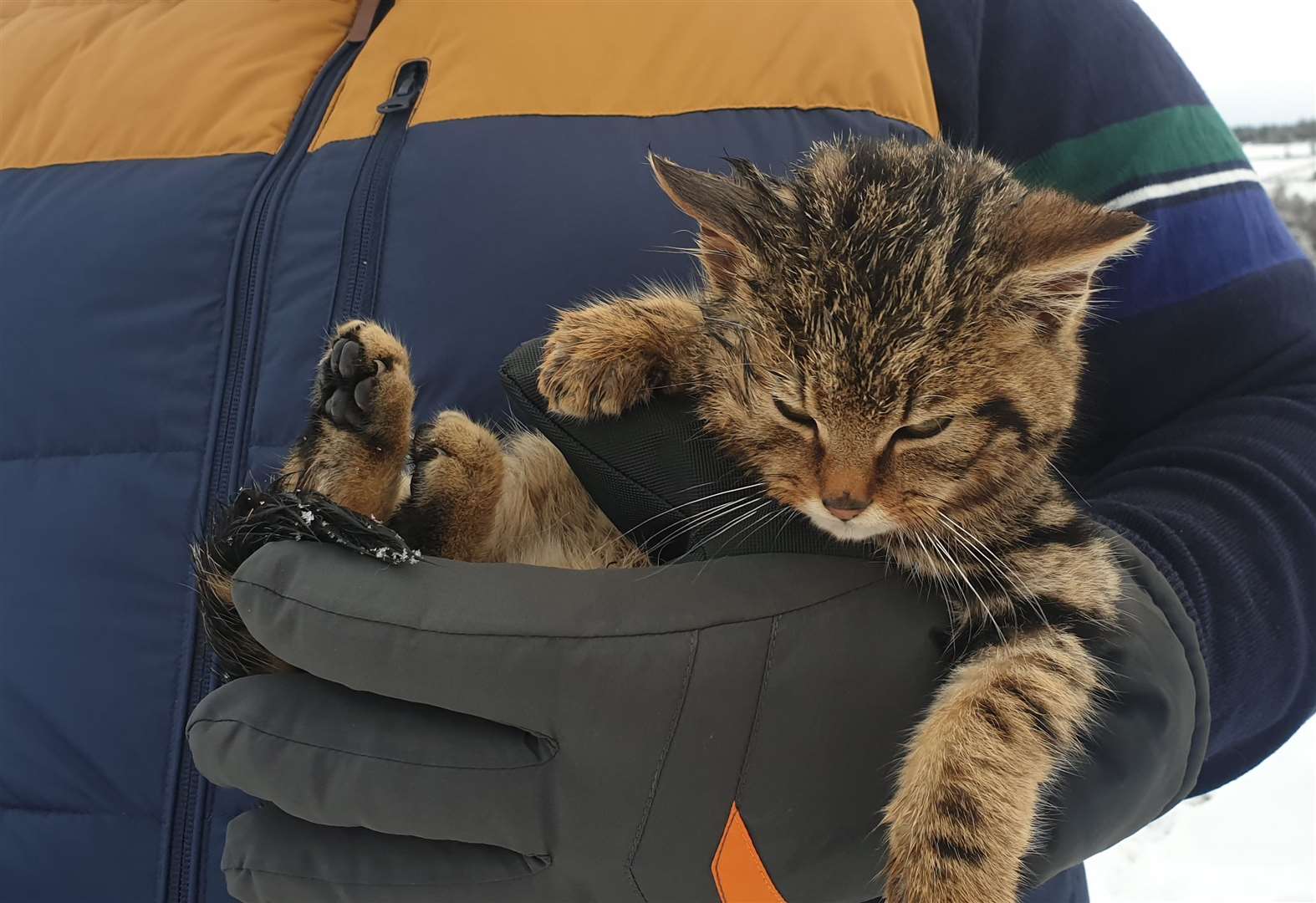PYRTLE
Old Berkshire Boy


Perhaps its those traditional Scottish short arms and long pockets: now he'll have to buy a cat....."Pitor is, 6 ft 5" and 30 stone - he's a big teddybear but he was absolutely devastated."
Not quite sure what to make of this bit. He wanted it to be a domestic cat? How old is he?


or go on a dietPerhaps its those traditional Scottish short arms and long pockets: now he'll have to buy a cat.....
John

Perhaps its those traditional Scottish short arms and long pockets: now he'll have to buy a cat.....
I am genuinely sorry to hear that.Piotr being a traditionally Scottish name....
Read on Twitter from someone in the area that sadly the Kitten has actually died.

I think it was probably just weirdly phrased. Online versions of news articles are often victims of shoddy editing, and parts of sentences can somehow disappear.It’s weird story for sure - how can anyone be devastated for finding a wildcat kitten, I’d be ecstatic and offer to pay for it’s rehab!

Surprised that’s your conclusion with such confidence based on one incomplete photo?However, looking at the photo, broad black patches on shoulders show that this is rather a domestic cat.



There are two photos in the newspaper article and the second clearly shows the upper shoulder and a somewhat blotchy looking pattern. I didn't feel it was enough to make a definite comment on, but I tend to deduce that from the absence of a photo showing the tail - when clearly there was opportunity to show it - the tail may not show what they want it to show.....Surprised that’s your conclusion with such confidence based on one incomplete photo?
I can’t even see the shoulder - I am pretty sure I see the two broad stripes of it’s upper leg rather than shoulder (consistent with SWC but not Domestic Feral Cat.

Saving Wildcats | Scottish wildcat conservation and recovery
Wildcats are on the brink of extinction in Scotland and this is their last hope. Together we can secure the future of the Highland tiger by breeding and releasing wildcats into the wild.www.scottishwildcataction.org
The connotations of confusing SWC/and hybrids for example with DFC (domestic feral cat) have far reaching implications for conservation of the species. The consensus is now among Conservationists AFAIAA, (at least in the UK) that the only way to establish a pure Scottish Wildcat or rule out a hybrid is through DNA testing. The process of dismissing SWCs as DFCs are fraught with difficulty and come with a heavy price for Scottish Wildcat if the ID is wrong (DFC and hybrids falling as they do outside the protection of the W&CA). SWC have been hybridising with DFC extensively for years to the point that it is not even known to what extent pure gene populations exist. It would certainly not be unusual for modern SWC to have at least a few domestic genes in it’s parentage (the extent of historical introgression with domestic cat is also not ckear) and vice versa, Scottish DFCs.
By the way the kitten was taken into the care of the Scottish Wildcat charity, Scottish Wildcat Action and as far as I know have not released a statement to the contrary yet so perhaps they will conduct DNA testing.

Huntleigh the Scottish wildcat kitten passes away
Young female had been rescued near Huntly's Cave on Wednesday afternoon by chef Peter Macnab and friend Piotr Peretkowww.inverness-courier.co.uk
“A spokesperson from Saving Wildcats, the partnership project dedicated to wildcat conservation in Scotland, said the only way to establish if Huntleigh was a pure Scottish Wildcat is through DNA testing.“.

Saving Wildcats | Scottish wildcat conservation and recovery
Wildcats are on the brink of extinction in Scotland and this is their last hope. Together we can secure the future of the Highland tiger by breeding and releasing wildcats into the wild.www.scottishwildcataction.org
As for timing, can this cat really be aged accurately from this one photo? - it could still be only 6-8 months old, especially if from a late litter. That is still a kitten to most people.

I think the clue is in the messaging - if its a hybrid then its simply more news that there may not be any genuine wildcats left, and because its from the Cairngorms area (heavily populated with humans but supposedly the area on which the ZSL side of the faction-riven Scottish Wildcat conservation scene intends to eventually concentrate releases) calling it a hybrid would undermine the project. So they won't want to call it a hybrid.I didn’t see the other image but the leg bands on a domestic tabby cat are usually very narrow not wide like the image above. I agree on the second image the markings are heavy and blotchy but not sure whether this would rule out a hybrid - it seems to show mixed features I am not sure why they would keep the tail hidden - is there some reason they would want to lie? It all sounds very conspiratorial!
Sadly it’s all a moot point now.
Trouble is, introgression is as much of a problem on the Continent as it is in Scotland. Increasingly, cats photographed during mammal watching trips from the Pyrenees to Belgium to the Balkans show classic signs of domestic cat hybridisation.My understanding is that all living Scottish wildcats tested in recent years have some domestic cat genes. I never seen actually a discussion whether it is better to breed with the least introgressed Scottish wildcats, or import some purebred wildcats from France or Spain which are now regularly bred in zoos. Scottish wildcats are theoretically a separate subspecies grampia, but visually appear identical to wildcats from France and Spain (ones from central Germany and eastwards are less clearly striped) and I don't know of a DNA study whether Scottish and European wildcats are genetically different.
About the ID: domestic cats with some blood of the Maine Coon breed can look especially similar to wildcats. One domestic character is very long fur with a tendency to flow, like on the sides of that kitten, rather than short, thick, straight fur of a wildcat.
